Diclofenac gel, also known by its brand name Voltaren, is a medication used to relieve pain and inflammation in the body. It belongs to a class of drugs known as nonsteroidal anti-inflammatory drugs (NSAIDs). Diclofenac gel is typically applied topically to the skin and works by reducing the production of certain chemicals in the body that cause pain and inflammation. This gel form of the medication allows for targeted application directly to the affected area, providing localized relief. Diclofenac gel is commonly used to treat conditions such as osteoarthritis, rheumatoid arthritis, and muscle pain. It is available by prescription and should only be used as directed by a healthcare professional.
“Important Precautions”
Before using diclofenac gel, it is important to inform your healthcare provider of any known allergies to NSAIDs or any other medications. Additionally, it is crucial to disclose any current medical conditions, especially if you have a history of stomach ulcers, bleeding disorders, or heart disease. Diclofenac gel should not be applied to broken or infected skin, and it should not be used on the eyes, mouth, or inside the vagina. It is important to avoid sunlight and UV radiation while using diclofenac gel, as it can increase sensitivity to light and cause sunburns. Pregnant or breastfeeding individuals should consult their healthcare provider before using diclofenac gel, as it may not be safe for use during these times.
“Diclofenac gel Reactions”
Like any medication, diclofenac gel can cause side effects. Common side effects may include skin irritation, redness, itching, or a rash at the application site. These side effects are usually mild and resolve on their own. However, if you experience severe skin irritation, blistering, or an allergic reaction, such as difficulty breathing or swelling of the face, lips, or tongue, seek immediate medical attention. Less common but serious side effects may include stomach pain, black or tarry stools, or bloody vomit. Inform your healthcare provider if you experience any unusual or bothersome side effects while using diclofenac gel.
“Taking Diclofenac gel Safely”
- Apply diclofenac gel only to intact skin and avoid contact with broken or open wounds.
- Clean and dry the skin before applying the gel. Apply a thin layer of the gel to the affected area and gently rub it in until absorbed.
- Wash your hands after applying diclofenac gel, unless you are treating your hands.
- Avoid applying excessive amounts of the gel or using it more frequently than prescribed. Doing so will not provide additional benefits and may increase the risk of side effects.
- If you miss a dose, apply the gel as soon as you remember. However, if it is almost time for your next scheduled dose, skip the missed dose and continue with your regular dosing schedule.
- In case of an overdose, seek emergency medical attention. Symptoms of overdose may include nausea, vomiting, stomach pain, drowsiness, and headache.
“Diclofenac gel Compatibility”
Diclofenac gel may interact with other medications, including but not limited to:
| Drug | Type of Interaction |
|---|---|
| Aspirin | Increased risk of stomach bleeding |
| Warfarin | Increased risk of bleeding |
| Lithium | Potential increase in lithium levels |
| Diuretics | Potential decrease in diuretic efficacy |
| Selective serotonin reuptake inhibitors (SSRIs) | Increased risk of bleeding |
It is important to inform your healthcare provider of all medications you are currently taking, including over-the-counter drugs and herbal supplements, to ensure the safe and effective use of diclofenac gel.
“Your Questions Answered”
- Can diclofenac gel be used for any type of pain? Diclofenac gel is primarily used for pain and inflammation associated with arthritis and muscle injuries. It is not recommended for use on headaches or other types of pain that are not related to the musculoskeletal system.
- Can I use diclofenac gel with other topical medications? It is generally not recommended to use diclofenac gel with other topical medications, as it may increase the risk of side effects or drug interactions. However, it is important to consult with your healthcare provider to determine the best course of treatment for your specific condition.
- How long does it take for diclofenac gel to work? The onset of action of diclofenac gel may vary depending on the individual and the severity of the condition being treated. Some individuals may experience relief within a few hours, while others may require several days of consistent use to notice a significant improvement.
- Can diclofenac gel be used in children? Diclofenac gel is not recommended for use in children under the age of 18 without the guidance and supervision of a healthcare professional.
- Is diclofenac gel addictive? No, diclofenac gel is not addictive. It is a non-narcotic medication used for short-term relief of pain and inflammation.
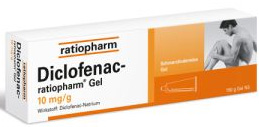
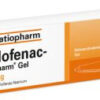
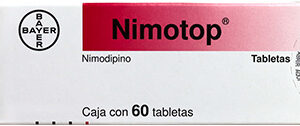
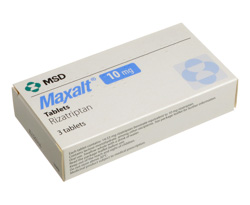
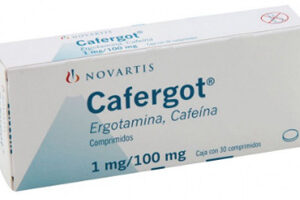
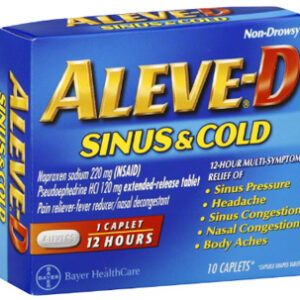
Reviews
There are no reviews yet.